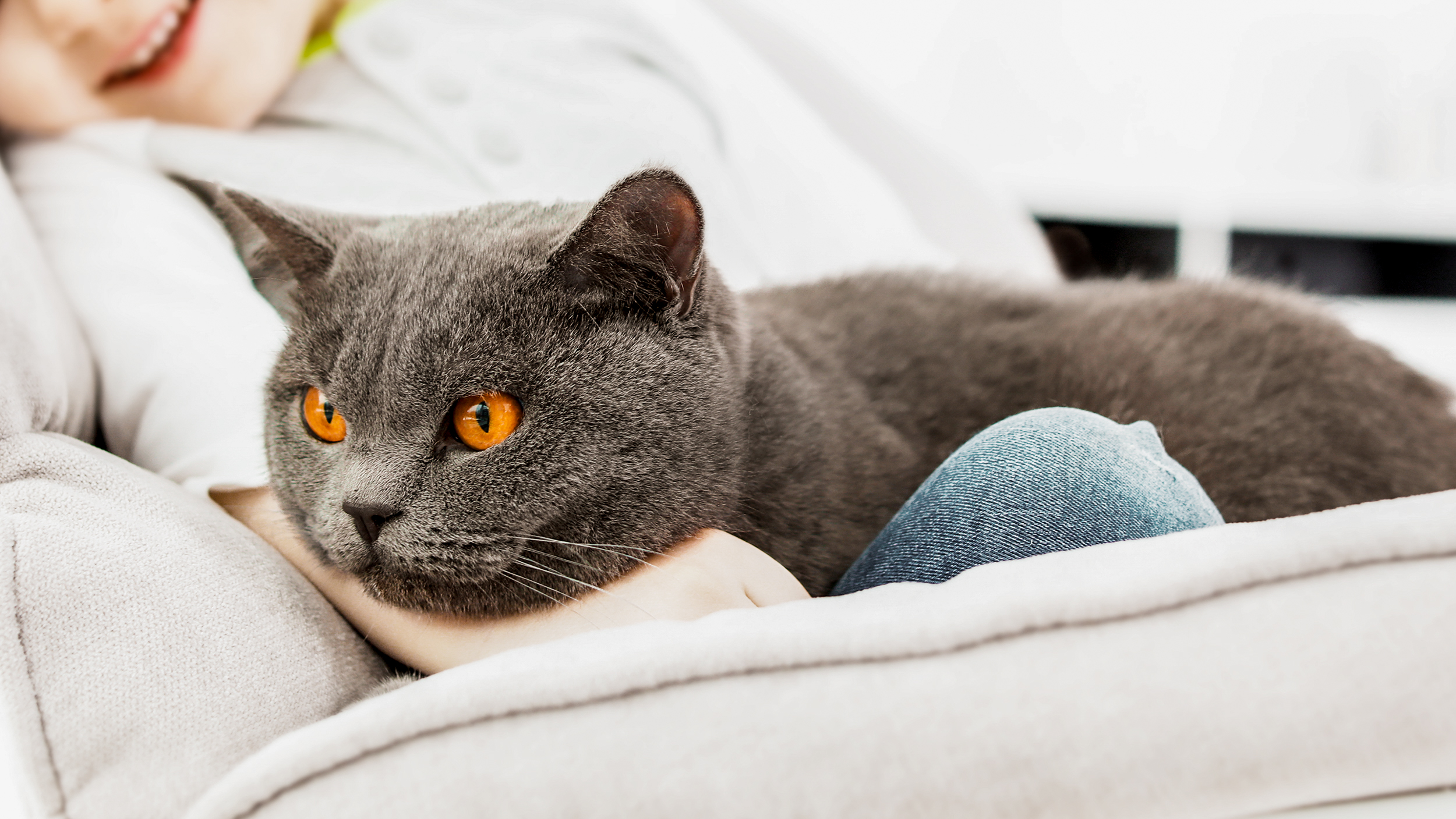Educating children on how to care for a cat

Cats are not only wonderful companions, but, when introduced into families, they can also play an important role in teaching children about responsibility and looking after animals.
Before bringing a cat or kitten into your home, it is important to educate children to make sure both your new pet and your children are safe.
Educating your children
Children often tend to make a fuss of the new arrival when it first comes home. They get excited and naturally want to handle them. Most adult cats will know to keep away from the children when they do not want to be bothered, but the same cannot be said for kittens.
In all cases you should explain to children that your new pet is not a toy and that they need to be left alone at certain times. Introduce them to one another in a calm environment, and explain that there are rules they need to follow to look after their new pet and to keep everyone safe.
To support the process you can:
- Ask children to sit on the floor and let the kitten to come to them first.
- Teach your children how to handle the new kitten with care and respect. The best way to pick your kitten up is to slide an open hand under their tummy as your other hand supports their rear end. It is best that children don’t pick them up by themselves unless shown properly.
- When children cuddle the cat or kitten, make sure they don’t hold onto them too tightly.
- Teach children not to pull their cat or kitten’s tail.
- They should not hold their cat or kitten by the head nor the neck.
- Children should not lift their cat or kitten by clasping them under their front legs.
- Explain that they should never wake their cat or kitten up, as this is an important time for kittens to grow and strengthen their immunity.
- Teach children that lively or noisy behaviour could cause your new kitten stress, so care must be taken to remain calm around the new arrival.
Ensuring your kitten and children are safe
There are a number of things you can do to help keep your new cat or kitten, as well as your children, safe. These include:
- At the beginning, it is advisable to prevent young children from playing with the kitten in your absence so as to prevent any unfortunate scratches.
- When it comes to play time, encourage your children to use toys, this keeps the activity enjoyable for everyone.
- Make sure children understand that they should not feed the cat or kitten anything other than their own food, and the responsibility of feeding a kitten should not be taken lightly.
- Have a strict, regular worming protocol in place for your pet as some types of worms can be transmitted to humans, especially to children.

Cat breeds that are good with children
When choosing a cat you may consider whether you want a pedigree or a ‘moggie’, and whether you go to a breeder or a rescue centre. All animals have individual characteristics but centre staff will know each cat well and help you find the right rescue pet for you, or you can ask a breeder about the temperament of the tom and queen.
Cat breeds that are popular with families include:
Birman: Loving and receptive to training, the Birman is a sociable cat that you may even be able walk on a lead.
Ragdoll: Gentle and attention seeking, The Ragdoll is a friendly breed that takes well to being petted.
Himalayan: A more active cat, the Himalayan enjoys playing games but still enjoyed the luxurious of an indoor life.
Maine Coon: Patient with active children, the Main Coon is typically calm but also active.
Cats can be extremely affectionate and rewarding pets that can really help children to understand responsibility and caring for animals when the relationship is introduced and managed correctly. However, it is important to remember that they are animals that need looking after.
By educating children and allowing them to understand their new pet's needs, you can maximise the opportunity for a successful relationship and minimise any scratches to children or trauma to your new pet.
Learn more about cat breeds

Like & share this page